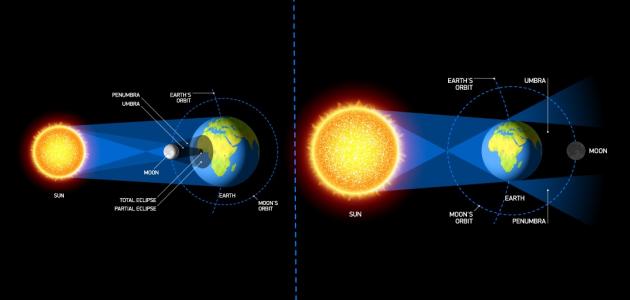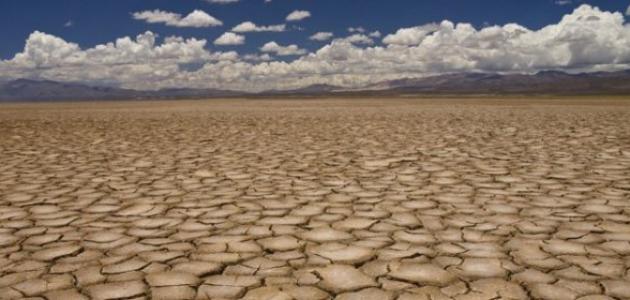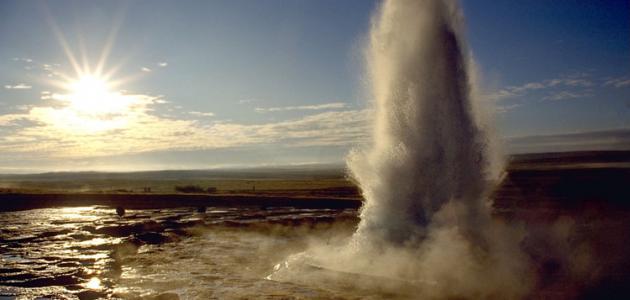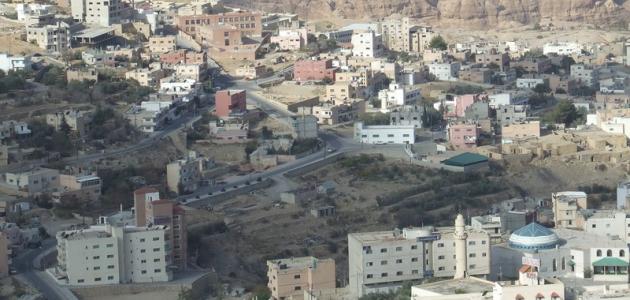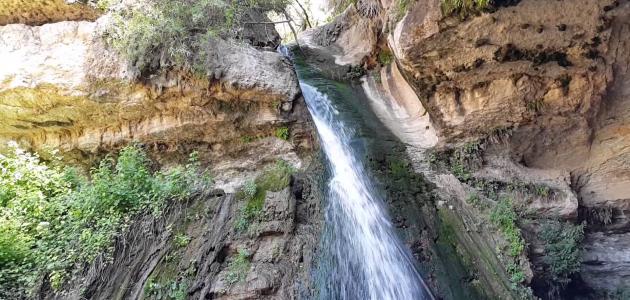Tides
Tides are a phenomenon in which there is a rise and fall in the water of water bodies and during specific periods of time. The phenomenon of tides cannot be easily observed except when land meets water, and the tides in internal water bodies are as small as possible, as it is difficult to differentiate between them and the movement of water resulting from winds and weather conditions, and the best example of this is Lake Superior located between Canada And the United States of America, where the water during the tide does not rise more than 5 cm. The phenomenon of tides is not confined to water bodies only, but rather occurs on land and in the atmosphere, but it is difficult to distinguish, and it can be observed by very accurate and sensitive scientific instruments only.
Tidal benefits
Tides are of great importance, and they have many benefits for humans. Among the benefits of tides are:
- The concentration of fish usually increases in the areas where the tides occur, so fishermen follow the movements of the tides to increase their catch of fish and improve their economic and commercial level, and the increase in the number of small fish in those areas leads in turn to attracting large fish to the same area as well, It can be said that the fishing process is more efficient at times of tides, and it can be said that the water movements attract fish to the beaches and thus make it easier to catch them.
- Tidal movements affect the movement of maritime navigation and the movement of ships. Sailors usually choose the times when the tide is high for sailing, as ships easily enter ports during the tide, which facilitates maritime transport operations between ports.
- Tides remove pollutants from sea and ocean waters, and release nutrients that marine organisms need to survive.
- Tides play a role in predictable climate fluctuations that balance the temperature on the surface of the earth, and tidal currents mix cold waters in the polar regions that do not receive large amounts of sunlight with warmer waters.
- Tidal areas teem with edible marine organisms, such as mussels, crabs, and seaweed, and small water bodies may contain small fish and some edible marine vegetables, and fishermen often tend to obtain and catch these marine organisms. The tides that spread the food that these organisms need to survive would have died and thus the marine nutrients decreased day by day.
- Tides are important for swimming on seashores, as individuals prefer to swim when the sea is in tide mode, and obligate oysters are searched for when the sea becomes tide in areas covered by the tide.
- Fishermen infer the beginning or end of their daily work by the appearance of tidal indices, as they need tides for ships to enter ports easily. The governments of the countries located on the shores of the seas are also working on making fixed schedules for the times of the tide, so that sailors can rely on them to enter their ships into the ports, as they need a high tide to carry the ship into the interior.
- Tidal waters carry pollutants from the shores to the depths where they remain at the bottom of the water, thus keeping ports clean.
- The generation of electrical energy from the movement of tides, and tidal energy is a form of renewable energy, where electricity is generated from the energy that results from tidal movements in the seas and oceans, and the tides are used to generate energy in several ways, and the basic principle On which the generation of electric power is based, it is to take advantage of the differences between high and low tides, and special dams are used to achieve the goal to prevent water from entering during the period of low tide, and when the tide recedes, the water is passed behind the dam or barrier, and then the water passes through a turbine connected to electricity generators, Thus, electrical energy is generated.
How tides occur
The main reason for the occurrence of the tidal phenomenon is the effect of the moon's gravity on the earth, when the moon's gravitational force reaches the highest possible level on the side of the earth that faces the moon, the gravitational force works to attract water to the top, causing the occurrence of high tides at that point, and the The rotation of the earth plays a major role in the occurrence of tides, as during its rotation it expels water away from its surface, which leads to the pooling of water on the side that opposes the moon. As for the sun, its role is reflected by its gravity, as the distance between the sun and the earth is greater than the distance between the moon. Therefore, the tides resulting from the gravitational pull of the sun are approximately half the height of the tides resulting from the gravitational pull of the moon.
Read also:The most powerful earthquake in the worldIt can be said that the water bodies of water rise and fall twice within approximately 24 hours and 50 minutes, which is the time period that exists between two successive moonrises, and this period is determined by the moon’s rotation around the Earth. The tide arises from the rotation of the globe twice during one day and is in most parts of the sea. It can also be said that the reason for the emergence of tides is that the sun and the moon each attract the side closest to it more than the earth and not the center of the earth. The tides of the sun and those of the moon are united in the form of only one tidal wave, which is observed on the beaches.
It is worth noting that the shape, size, and depth of the seas and oceans have a major role in the occurrence of differences in tidal movements, for example in the Atlantic Ocean the tides occur twice a day, while in the Pacific islands a mixed tide occurs, as the water rises twice in one day and is The tides between them are somewhat low, and then very low tides occur. In Alaska and some areas along the Gulf of Mexico, one tide occurs, followed by one tidal wave also during one day. As for the Mediterranean, the occurrence of tides is less.
Read also:Research on wind energy
